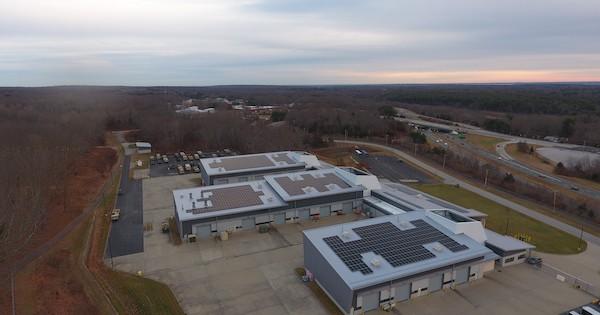In Short : Central America is currently experiencing a solar revolution, with increasing adoption of solar energy technologies across the region. This transition marks a significant shift towards cleaner and more sustainable energy sources.
In Detail : Central America is shifting towards solar power as its primary energy source, while the U.S. sees a surge in rooftop solar installations. This article explores the opportunities, challenges, and the vital role of public engagement in this transition towards clean energy.
In the heart of Central America, a revolution is quietly unfolding. It’s not fought with guns or protests but with panels and policies. As the sun rises over Panama, Guatemala, Jamaica, Colombia, El Salvador, and the Dominican Republic, it brings with it the dawn of a new era in energy. The catalyst? Solar power, heralded as the most cost-competitive energy source in the region until 2050. This revelation comes from a comprehensive report, shedding light on the burgeoning focus on solar energy across Central America and beyond.
A Bright Future: Solar’s Dominance in Central America
The landscape of Central America, blessed with abundant sunlight, is witnessing a transformative shift towards renewable energy. A myriad of renewable energy tenders and projects are unfolding across the region. Countries are embracing the sun’s bounty, recognizing solar power’s pivotal role in their energy future. Panama’s vast solar farms, Guatemala’s community solar projects, and the Dominican Republic’s ambitious solar initiatives underscore a collective march towards sustainability. These efforts are not just about harnessing the sun’s power but are a testament to a region’s resolve to rewrite its energy narrative.
Challenges and Opportunities: The Path to Solar Adoption
However, the journey to solar dominance is strewn with challenges. The deployment of solar technology faces hurdles, from financing woes to grid infrastructure inadequacies. These obstacles underscore the urgent need for innovative financing models and critical upgrades to the existing grid infrastructure. The report highlights these issues while also pointing to the opportunities they present. For instance, the advent of new financing mechanisms could unlock vast solar potential, making renewable energy accessible to more communities across the region.
Rooftop Revolution: The U.S. Embraces Solar
Meanwhile, far from the Central American isthmus, the United States is witnessing a rooftop revolution. The newly released ‘Rooftop Solar on the Rise’ report illuminates the significant growth of small-scale solar energy. Astonishingly, rooftop solar alone possesses the potential to fulfill 45% of the nation’s electricity demand. This growth is not incidental but the result of supportive public policies, community programs, and clean energy initiatives championed by local and state leaders. These efforts underscore the critical role of legislation and public engagement in driving the adoption of rooftop solar, setting a precedent for other nations to follow.
Yet, the path to a solar-powered future is not without its hurdles. The European Technology and Innovation Platform for Photovoltaics (ETIP PV) recently published a whitepaper that delves into the socio-economic and technological challenges facing solar deployment. It discusses the importance of social acceptance, public engagement, and the need for a skilled and diverse workforce. Furthermore, it calls for innovative research to reduce the use of critical raw materials and for the design of grid tariff schemes that promote community acceptance and sustainable growth. The document is a clarion call for a balanced approach to solar energy deployment, emphasizing environmental, social, and governance (ESG) frameworks to ensure sustainability.
In conclusion, as Central America and the United States continue to chart their courses towards a solar-powered future, they do so in the face of both vast opportunities and significant challenges. From the need for innovative financing and grid infrastructure upgrades to the importance of community acceptance and public engagement, the journey is complex. Yet, the commitment to a sustainable energy future, underscored by the growing focus on solar power, shines as a beacon of hope. It’s a narrative of transformation, marked by the collective efforts of nations to harness the sun’s endless bounty for a brighter, cleaner tomorrow.

